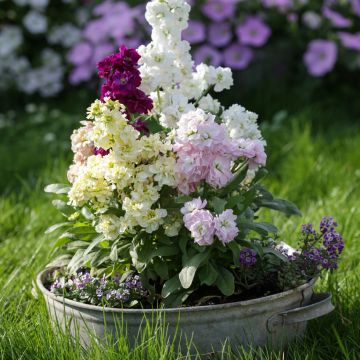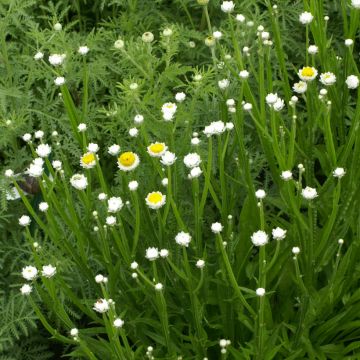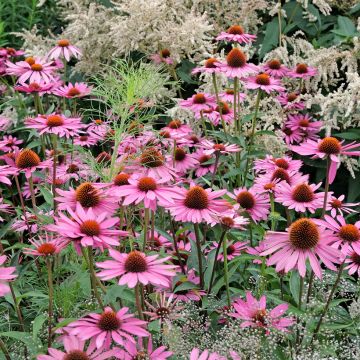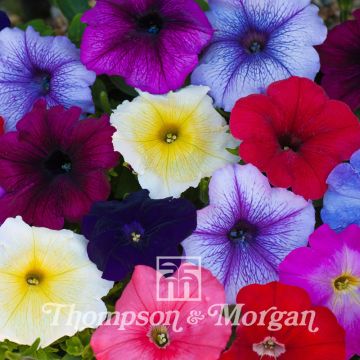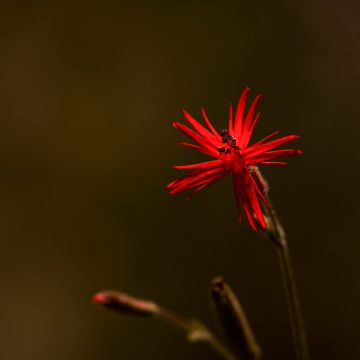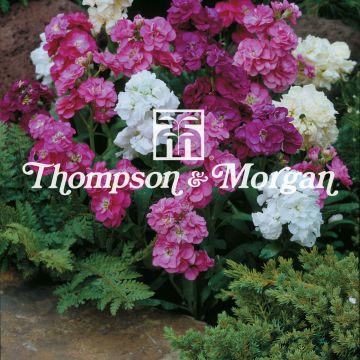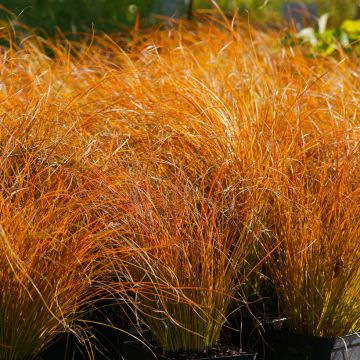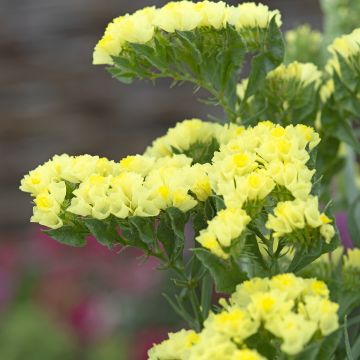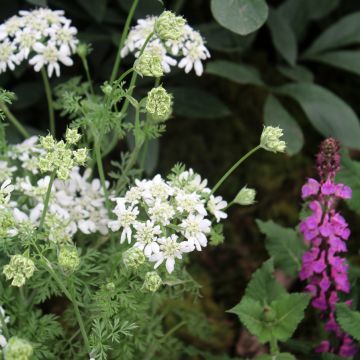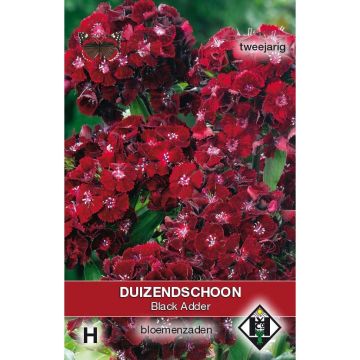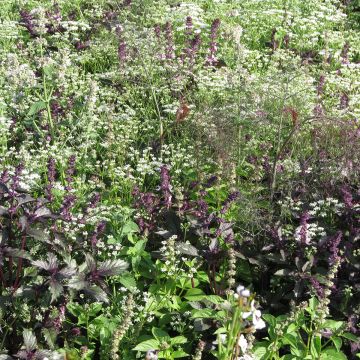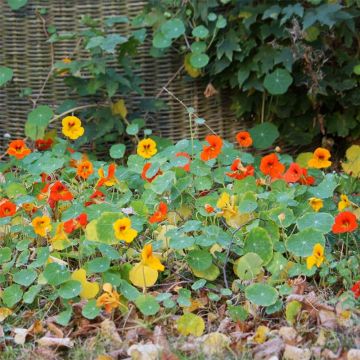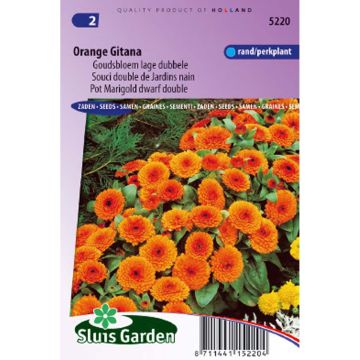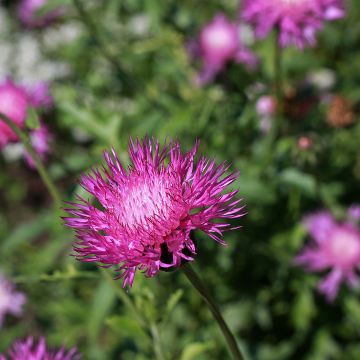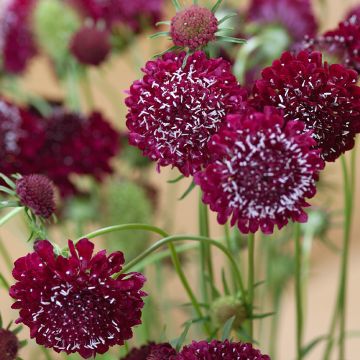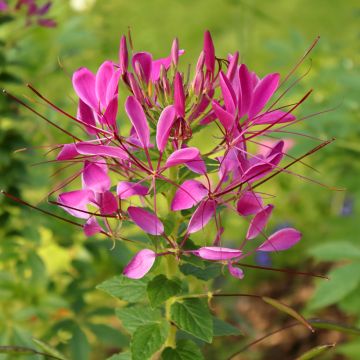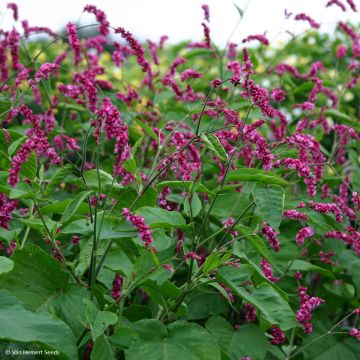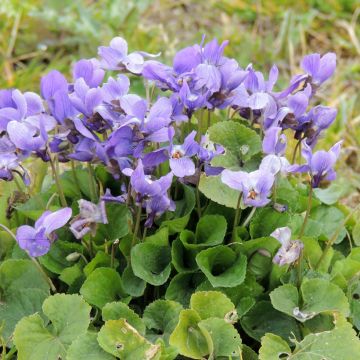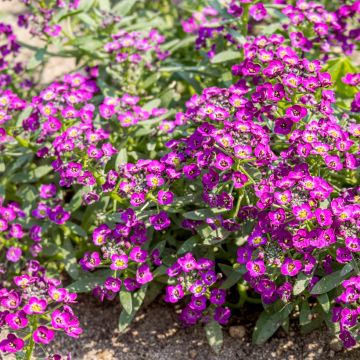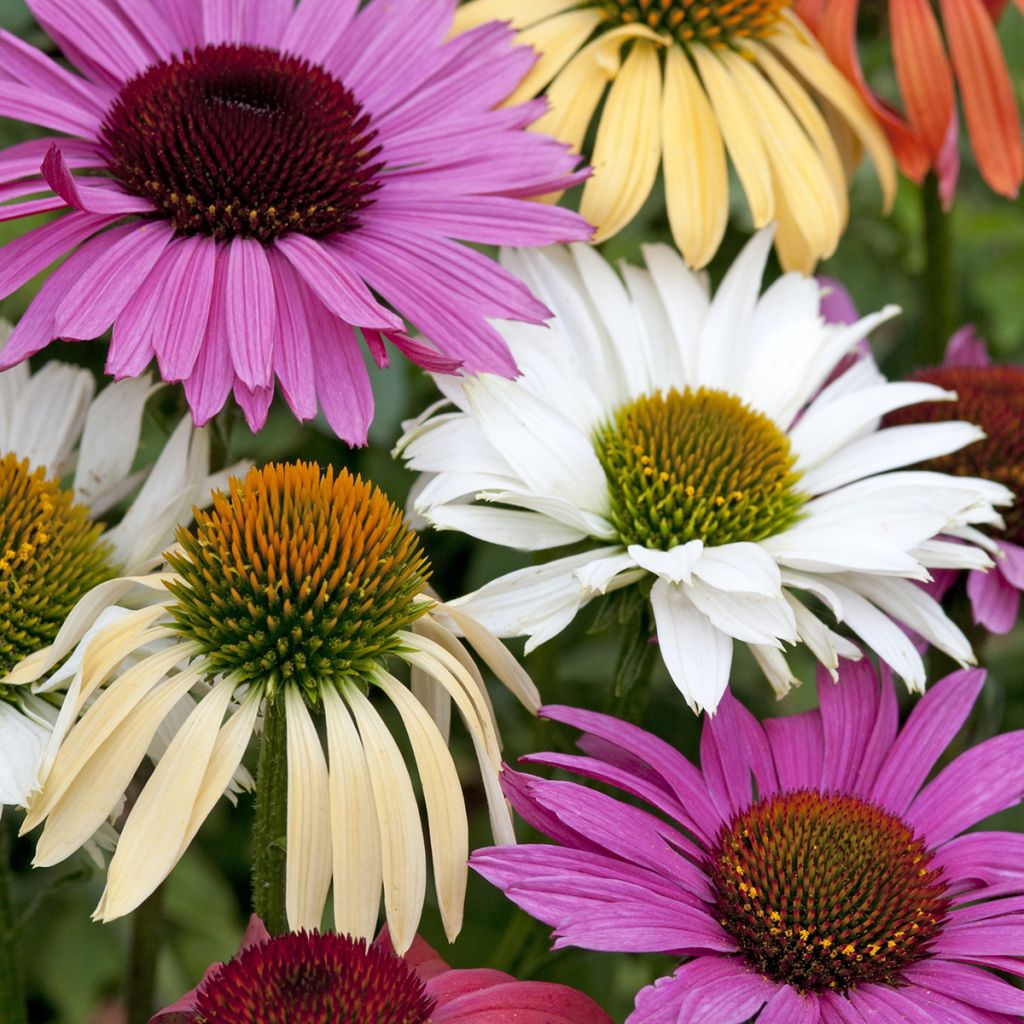

Graines d'Echinacea Magic Box - Rudbeckia pourpre
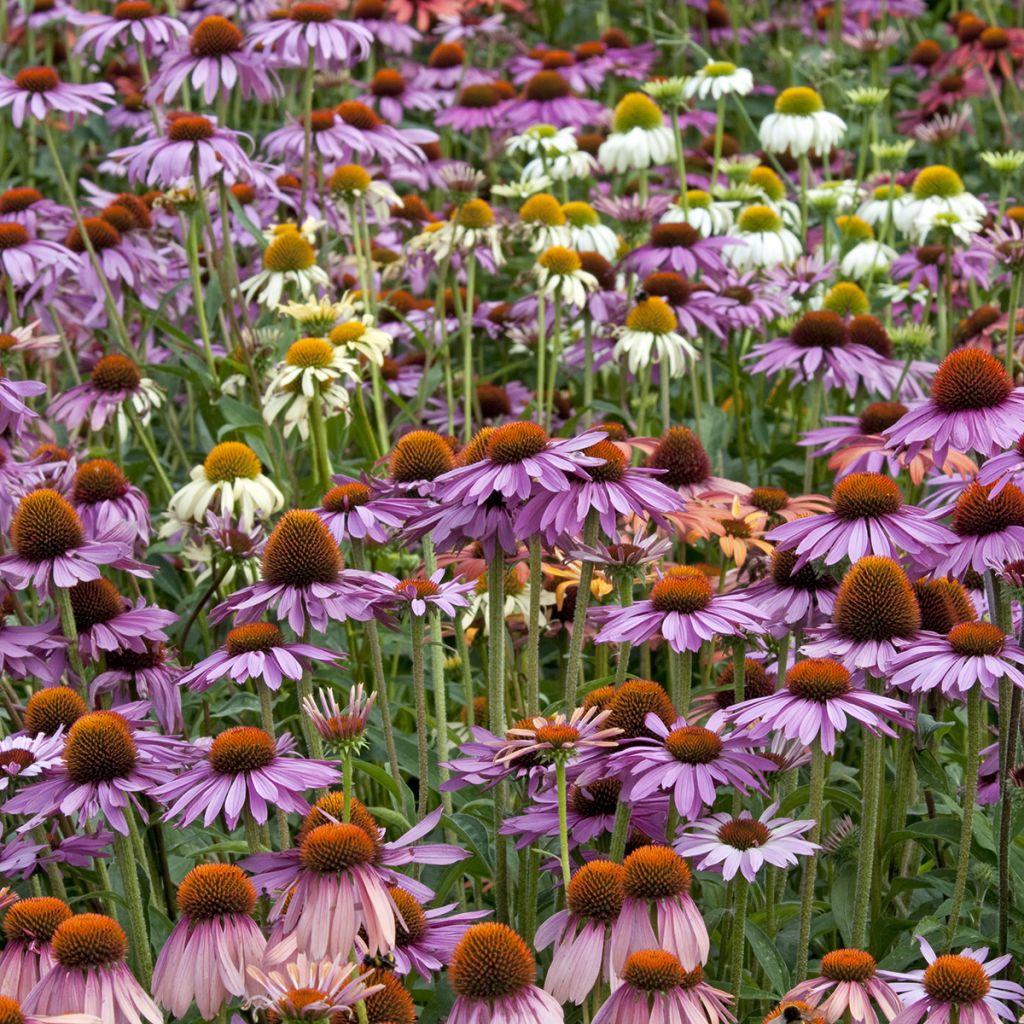

Graines d'Echinacea Magic Box - Rudbeckia pourpre
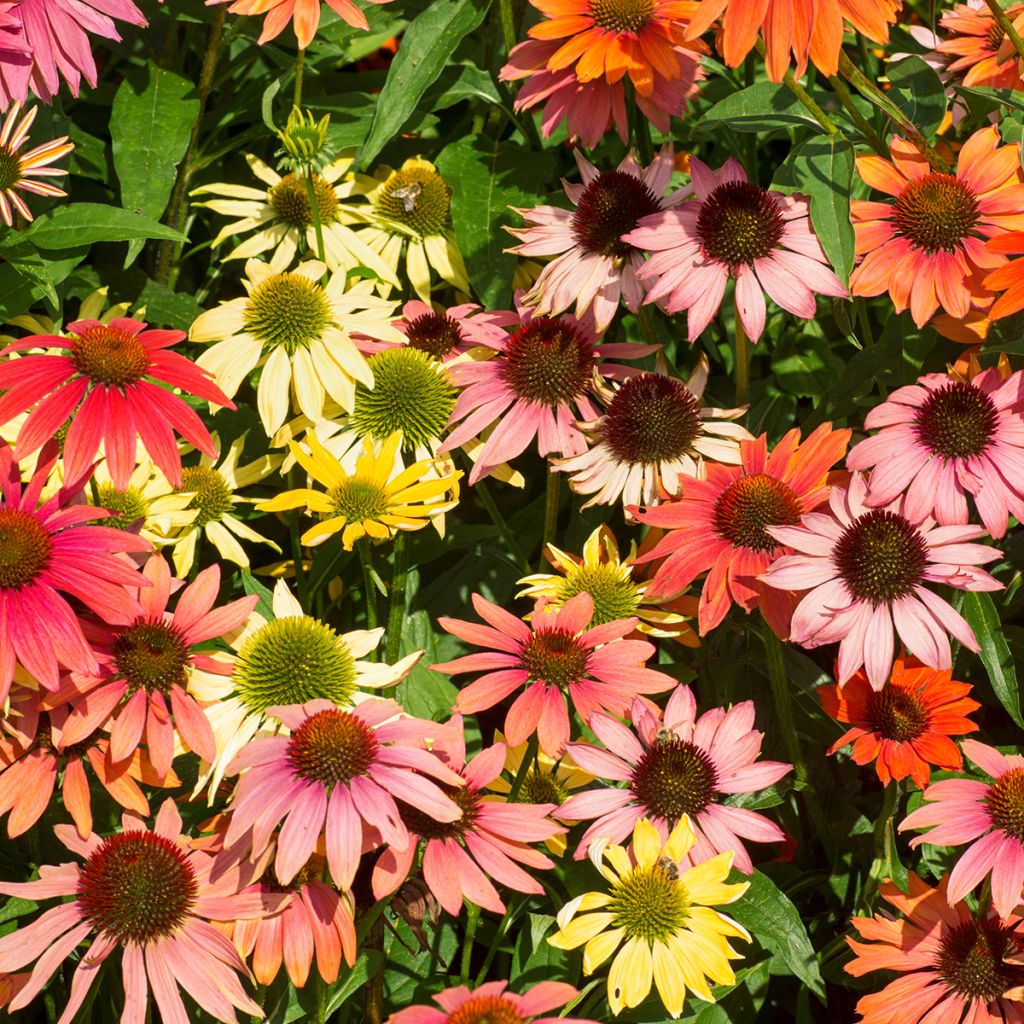

Graines d'Echinacea Magic Box - Rudbeckia pourpre
Echinacea Magic Box - Purple Coneflower seeds
Echinacea Paradiso Tall Mix (Magic Box)
Purple Coneflower, Eastern Purple Coneflower
This item cannot be shipped to the selected country
Dispatch by letter from €3.90
More information
Dispatch by letter from €3.90
More information
Schedule delivery date,
and select date in basket
This plant carries a 6 months recovery warranty
More information
We guarantee the quality of our plants for a full growing cycle, and will replace at our expense any plant that fails to recover under normal climatic and planting conditions.
Seed-only orders are dispatched by sealed envelope. The delivery charge for seed-only orders is €3.90.

Does this plant fit my garden?
Set up your Plantfit profile →
Description
Echinacea 'Magic Box' promises an explosion of colours mixing red-orange, white, saffron, mauve, violet with an orange, green or black heart, it is one of the best combinations of echinaceas.
Echinacea purpurea or Purple Coneflower is a perennial herbaceous plant endemic to North America. It is found in the dry prairies of the Eastern United States or in sparsely wooded areas. Its natural habitat includes heathlands but also cultivated fields. This large Asteraceae is characterized by large pale pink to violet heads, sometimes white, carried by very stiff, dark green to purple stems that branch out at their ends. Generally, it measures between 60cm (23.6in) and 1.20m (3.3ft). When the flower is immature, the ligules of the collar spread horizontally and then adopt a widely involute habit (bent downwards or towards the stem). The colours of the flower fade over time. The central florets form a conical dome bristling with rich, amber-coloured and pointed tubules, becoming more prominent and darker as the flower blossoms. This uniqueness earned it the name Echinacea, which comes from the Greek 'Ekhinos' meaning hedgehog. The dark green leaves are lanceolate, pubescent, and become sessile at the top of the stem.
Echinacea x hybrida Magic Box mix has been specially selected for its superb forms and spectacular performance in the garden. With their 75cm (29.5in) height, they are magnificent in the middle of a bed. Among the Echinacea purpurea, there are some varieties of Echinacea pallida which generally have the same formal characteristics but their collar is composed of finer and more spaced ligules. The whole forms a true festival of colours mixing red-orange, white, saffron, mauve, violet with an orange, green or black heart. It is one of the best available mixes of Echinaceas in terms of colours.
Of course, Echinacea prefers rich, sandy and well-drained soils but is not affected at all by soil pH. It likes sun and light shade. It is hardy and withstands long periods of drought. Echinacea naturalizes very easily. You can use it with other perennials in a meadow where it will spontaneously take over. Combine it with Echinacea 'Coconut Lime', Phlox, Alliums or even tall Eupatoriums.
Very melliferous and nectariferous, its scent attracts butterflies; by placing purple flowers near orchards, you will undoubtedly contribute to the pollination of your fruit trees. At the edge of a bed in meadows or in rock gardens, this beautiful daisy will naturally appropriate the surroundings. Trimming faded flowers stimulates new blooms. However, you can leave some stems and heads in winter: they are very graphic but above all the seeds are highly prized by birds, especially bullfinches and goldfinches. The flowers make a sensation in bouquets as part of floral arrangements.
The different species of Echinacea, especially purpurea, pallida, and angustifolia, are panaceas in Native American pharmacopoeia. They are reputed to be immune-stimulating and promote the healing of winter diseases (cold, flu, respiratory ailments). All cultivars have retained the properties of their original species.
Flowering
Foliage
Plant habit
Botanical data
Echinacea
Paradiso Tall Mix (Magic Box)
Asteraceae
Purple Coneflower, Eastern Purple Coneflower
Cultivar or hybrid
Other Thompson and Morgan seeds
Planting and care
Sow the seeds indoors from late winter or early spring from March to May. If you started them early enough indoors, it is possible to have flowering in the first season. Sow between 20 and 24°C, in a good specific research area seed mix. Moisten the seeds by keeping them in water for a few hours. This will promote germination. Gently press the seeds onto the medium but do not bury them: they need light to germinate. The medium should remain constantly moist without excess.
Under good conditions, germination begins in just five days, but can take up to 20 days. Thin out and transplant your young plants as soon as they are strong enough to handle into well-drained and well-worked soil. You can also gradually acclimate them to outdoor conditions for 10 to 15 days. In their natural environment, Echinacea seeds need a period of cold to germinate. If you have little or no germination, do not hesitate to move them to a cooler area at 4°C for a few days.
If you prefer to sow in place, wait until the daytime temperatures have reached an average of 20°C to ensure that the soil is well warmed and space your plants at least 40cm (15.7in) apart.
Echinacea purpurea are very disease-resistant and have very low requirements. Simply avoid over-watering them once they are well established. They prefer, by far, dry conditions rather than excess water and will give you their best if the clumps are divided every 2 to 3 years. To stimulate flowering, cut back the dry stems. Keep only a few, thus allowing birds to survive the winter thanks to the seeds you will provide them. You will enjoy a triple advantage:
- spontaneous reseeding for the following years.
- assured bird songs for spring.
- the very graphic appearance of a few Echinacea heads under the snow.
Sowing period
Intended location
-
, onOrder confirmed
Reply from on Promesse de fleurs
Flower seeds
Haven't found what you were looking for?
Hardiness is the lowest winter temperature a plant can endure without suffering serious damage or even dying. However, hardiness is affected by location (a sheltered area, such as a patio), protection (winter cover) and soil type (hardiness is improved by well-drained soil).

Photo Sharing Terms & Conditions
In order to encourage gardeners to interact and share their experiences, Promesse de fleurs offers various media enabling content to be uploaded onto its Site - in particular via the ‘Photo sharing’ module.
The User agrees to refrain from:
- Posting any content that is illegal, prejudicial, insulting, racist, inciteful to hatred, revisionist, contrary to public decency, that infringes on privacy or on the privacy rights of third parties, in particular the publicity rights of persons and goods, intellectual property rights, or the right to privacy.
- Submitting content on behalf of a third party;
- Impersonate the identity of a third party and/or publish any personal information about a third party;
In general, the User undertakes to refrain from any unethical behaviour.
All Content (in particular text, comments, files, images, photos, videos, creative works, etc.), which may be subject to property or intellectual property rights, image or other private rights, shall remain the property of the User, subject to the limited rights granted by the terms of the licence granted by Promesse de fleurs as stated below. Users are at liberty to publish or not to publish such Content on the Site, notably via the ‘Photo Sharing’ facility, and accept that this Content shall be made public and freely accessible, notably on the Internet.
Users further acknowledge, undertake to have ,and guarantee that they hold all necessary rights and permissions to publish such material on the Site, in particular with regard to the legislation in force pertaining to any privacy, property, intellectual property, image, or contractual rights, or rights of any other nature. By publishing such Content on the Site, Users acknowledge accepting full liability as publishers of the Content within the meaning of the law, and grant Promesse de fleurs, free of charge, an inclusive, worldwide licence for the said Content for the entire duration of its publication, including all reproduction, representation, up/downloading, displaying, performing, transmission, and storage rights.
Users also grant permission for their name to be linked to the Content and accept that this link may not always be made available.
By engaging in posting material, Users consent to their Content becoming automatically accessible on the Internet, in particular on other sites and/or blogs and/or web pages of the Promesse de fleurs site, including in particular social pages and the Promesse de fleurs catalogue.
Users may secure the removal of entrusted content free of charge by issuing a simple request via our contact form.


































